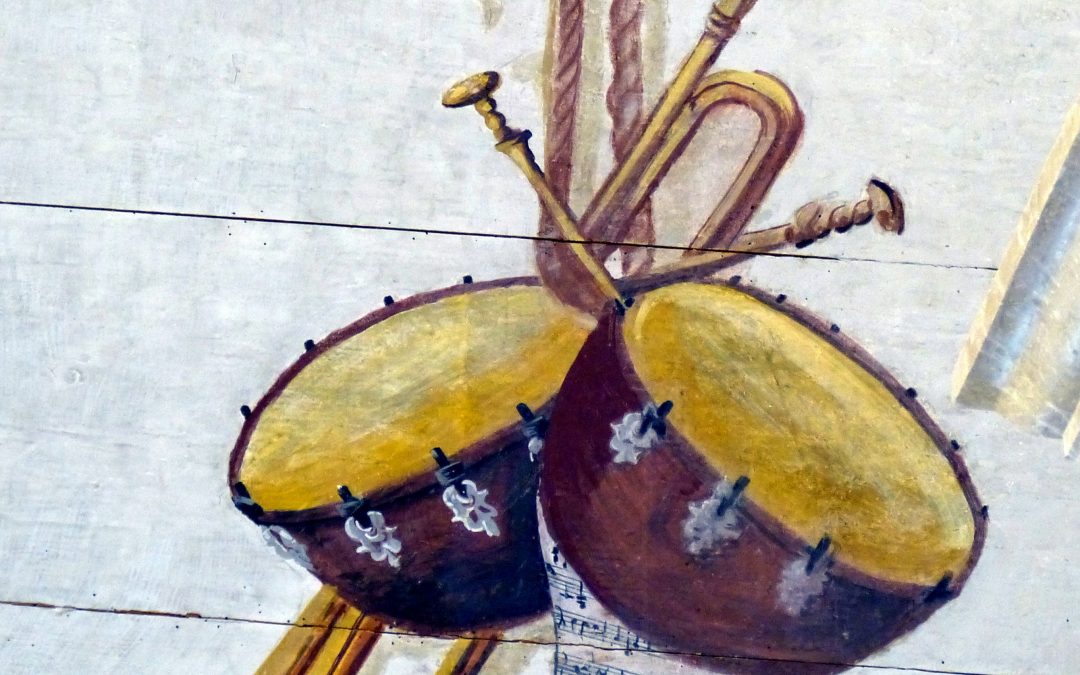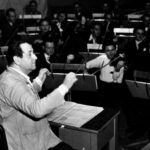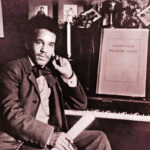One of the celebrated “London” Symphonies, this masterwork was composed in 1795 during Haydn’s second triumphal visit to London. By then Haydn was the toast of English upper-class society. Haydn had splendid orchestral forces available to him in London, and he took full advantage of them in composing his twelve London symphonies. That includes Symphony 103, the “Drumroll,” so named because of its timpani opening. The symphony was premiered on March 2, 1795, with Haydn leading the orchestra. It was received with great acclaim; here is the review in the London Morning Chronicle the morning after the premiere:
Another new Overture [Symphony 103], by the fertile and enchanting HAYDN, was performed,
which as usual, had continuing strokes of genius, both in air and harmony. The Introduction
excited the deepest attention, the Allegro charmed, the Andante was encored[,] the Minuets, especially
the Trio, were playful and sweet, and the last movement was equal, if not superior to the preceding.
The symphony begins with a timpani roll or cadenza (a very unusual way to start a symphony). A slow introduction follows, led by the bass instruments (’cellos, basses and bassoon); this opening motif returns in disguised forms later in the movement. A sprightly theme is introduced by the upper strings. The second theme is a lilting tune in the violins and picked up by the woodwinds, reminiscent of a Viennese street song. Before the end of the movement Haydn briefly reprises the slow opening, heralded by another timpani roll.
The magnificent Andante movement is based on two Croatian folk tunes, one in C minor and one in C major. It is a “double variation” movement, in turn featuring strings, woodwinds, a solo violin; and massed horns, trumpets and timpani. The third movement Minuet is by turns energetic and elegant, with a charming trio section featuring clarinets.
The unusual fourth movement is based on just one theme — a horn call, accompanied by a quick-moving folk-like motif in the strings. Haydn fully develops this motif using counterpoint, imitation and brilliant passagework. Initiated by the strings, he gradually involves the whole orchestra before closing with a resounding finish.
Symphony No. 103 in Eb Major
H. 1/103, "The Drumroll"
Composed in 1795
By Franz Joseph Haydn




